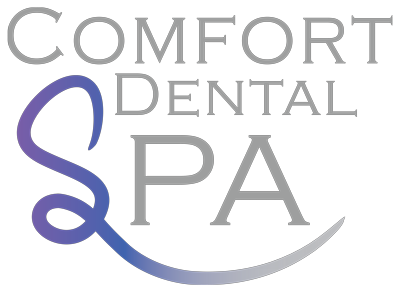
A traumatized tooth is a tooth that has sustained damage or decay or is causing discomfort due to pain or infection. Addressing these issues effectively involves recognizing the early warning signs before they progress to the point where extraction becomes the only viable solution for a severely damaged or decayed tooth.
It is not advisable to ignore any discomfort or sudden discoloration in a tooth, even if it seems minor. If left untreated, these problems can create a favorable environment for bacteria to grow, potentially leading to infections. Tooth extraction may be the only solution if the issue is not addressed promptly and reaches an irreversible stage.
If you want to prevent tooth extraction, it’s essential to identify signs of a distressed tooth so you can take action quickly. This blog will provide guidance on the important signals to look out for.
Signs of Resorbed Teeth
Resorption is a dental condition that often results in losing one or more parts of a tooth. This condition can affect various parts of the tooth, such as the interior pulp, the cementum that covers the root, and the dentin, the second hardest tissue beneath the enamel.
- Tooth Shortening: A noticeable reduction in the height of the affected tooth compared to adjacent teeth can indicate resorption.
- Discoloration and Change in Appearance: Resorbed teeth may appear darker or exhibit changes in color due to the breakdown of internal tissues.
- Tooth Mobility: As resorption progresses, the affected tooth might become loose due to the diminishing root structure.
- Sensitivity: Sensitivity to temperature changes or discomfort upon touch may occur due to the resorption process affecting the tooth’s integrity.
- Gum Recession: Resorption can lead to gum recession around the affected tooth, exposing the root surface and potentially causing discomfort.
- Alignment Changes: Resorption may cause asymmetry in tooth alignment or sudden gaps between teeth.
Signs of Damaged Teeth
Damaged teeth can exhibit various signs that indicate potential issues requiring attention.
- Visible Physical Damage: Check for chips, cracks, or fractures on the tooth surface, which indicate immediate damage. Damages like these can weaken the tooth’s structure, making it vulnerable to further issues if left untreated.
- Increased Sensitivity: Sensitivity to hot, cold, or sweet foods and drinks can be caused by weakened or damaged tooth enamel. Weakened enamel exposes the sensitive inner layers of the tooth, causing discomfort in response to temperature or certain foods.
- Discoloration: Look for localized or widespread changes in tooth color, which might indicate underlying decay or trauma.
- Oral Symptoms: Watch for persistent bad breath, foul taste, swelling, or tenderness in the gums around a specific tooth, indicating underlying problems, such as infection or abscess, affecting the tooth or surrounding tissues.
Signs of a Non-Vital Tooth:
- Absence of Pain: Despite significant damage or decay, there may be no pain since the nerves inside the tooth are no longer functional. In non-vital teeth, the nerves are compromised or dead, allowing for substantial damage without discomfort.
- Discoloration: Discoloration in non-vital teeth occurs due to the breakdown or degeneration of internal tissues, resulting in a change in the tooth’s color.
- Sensitivity: Though non-vital teeth may exhibit some sensitivity, it’s not the sharp pain experienced in healthy teeth; it’s more subtle and unrelated to nerve function.
- Gum Swelling or Tenderness: Surrounding gums might be swollen or tender, indicating potential infection or an abscess related to the non-vital tooth.
What treatments are available for non-vital and resorbed teeth?
Treatment options for non-vital and resorbed teeth aim to preserve dental function, alleviate discomfort, and prevent further complications:
- Treatments for Non-Vital Teeth:
1. Root Canal Therapy:
This treatment involves removing infected or damaged pulp from the tooth, cleaning the root canal, and sealing it to prevent further infection. It’s recommended for non-vital teeth lacking nerve function.
2. Dental Crown:
Sometimes, a dental crown is necessary to reinforce the tooth’s structure and restore functionality, particularly in cases of severe damage.
- Treatments for Resorbed Teeth:
1. Monitoring and Observation:
Minor resorption cases may require regular monitoring by a dentist to track the condition’s progression.
2. Extraction and Replacement:
Severe resorption might lead to tooth extraction. Following extraction, options like dental implants, bridges, or partial dentures may be recommended to restore function and appearance.
It is essential to seek professional help when dealing with non-vital and resorbed teeth. Trying to remove a tooth on your own can lead to further complications. While it is natural for children’s teeth to resorb, in adults, it can be a sign of an underlying tooth injury that can cause permanent damage or even result in tooth loss. Symptoms of dental resorption may not be immediately noticeable, and the process can silently progress, causing decay from the outside in.
